8 Morning Habits This Hormone Expert Wants Women Over 40 To Stop
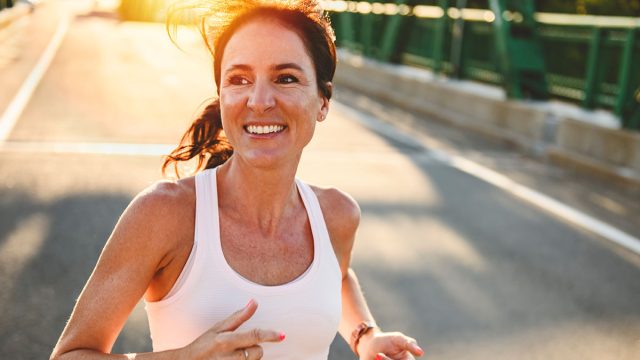
Feeling frustrated with your fitness routine? You're not alone. While you might be doing everything "right," certain morning habits could be working against your body's changing hormonal landscape after 40—and a leading hormone expert has noticed a pattern.
Angela Garcia has spent 25 years watching women make the same well-intentioned mistakes. As a Registered Dietitian Nutritionist and Board-Certified Specialist in Obesity at Thrivelab, she's helped countless women navigate the complex relationship between hormones, exercise, and weight management. From her practice in San Antonio, she's identified key morning habits that are holding women back.
Here's what she wants you to stop doing—and what to do instead.
The Morning Timing That's Working Against You

Your first few hours set the tone for your entire day—especially during menopause. "Morning habits directly impact energy levels, hormonal balance, and metabolic health," Garcia explains. During this time, fluctuations in estrogen, testosterone, and cortisol affect everything from your metabolism to bone density and muscle mass.
Why Your Old Exercise Rules Don't Work Anymore
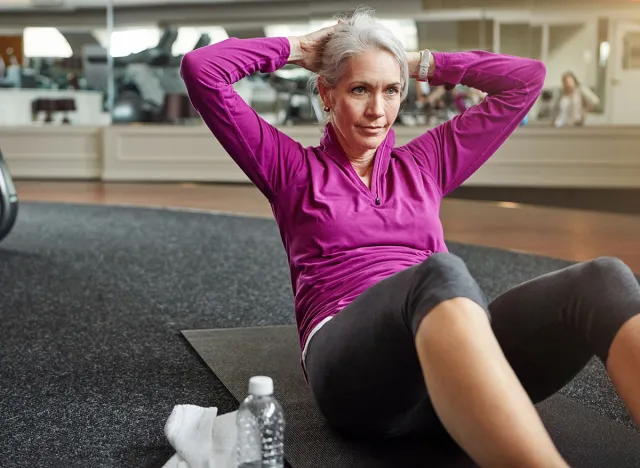
If you've noticed stubborn weight gain around your middle, hormones might be the culprit. "As estrogen and testosterone levels decrease, metabolism slows down, leading to increased fat storage, especially around the middle," Garcia notes. She adds that these changes also affect how your body recovers from exercise, making traditional workout approaches less effective.
The Hidden Damage You're Doing

The changes run deeper than just weight gain. "These hormonal changes can affect muscle mass, bone density, and insulin sensitivity, making it harder to maintain a healthy weight and overall metabolic function," Garcia explains. She points out that stress compounds these issues: "Elevated cortisol levels from stress can exacerbate these issues, contributing to fatigue and slower recovery."
Morning Mistakes That Sabotage Your Progress
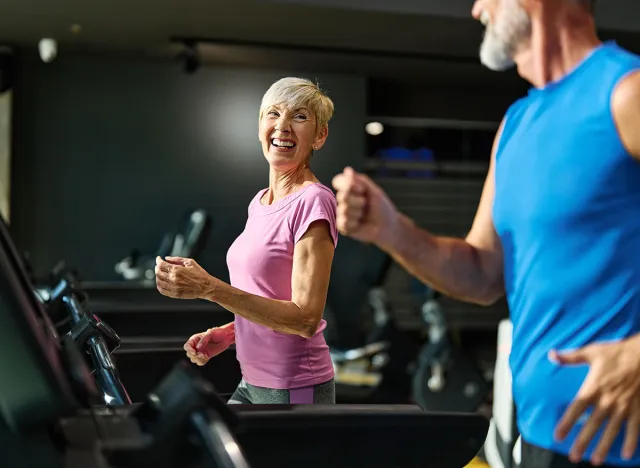
Garcia identifies several common morning routine errors that can derail your progress. Skipping strength training is a major pitfall, as is overdoing cardio sessions. "Long or intense cardio sessions can elevate cortisol levels, which worsens fatigue and encourages fat storage," she warns. Other mistakes include neglecting recovery time, poor hydration, and rushing through breakfast.
RELATED: This Plan Is How to Lose 5 Percent Body Fat In 2 Weeks
The New Morning Rules You Need
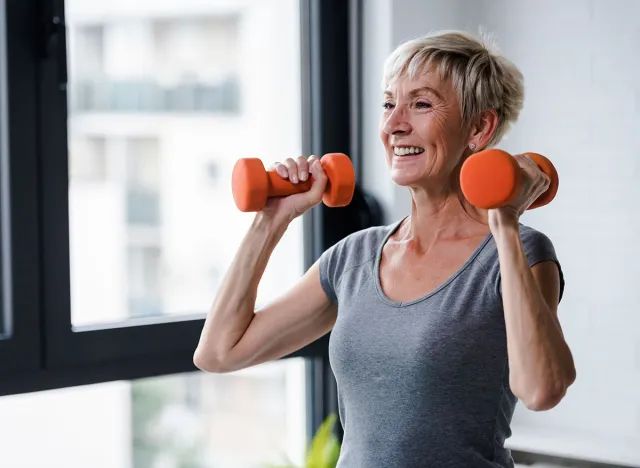
The solution starts with smarter exercise choices. "Light weightlifting or resistance band exercises can build muscle and boost metabolism," Garcia advises. She recommends starting your day with proper hydration and a balanced breakfast containing protein, healthy fats, and fiber. Short bursts of high-intensity interval training can be more effective than lengthy cardio sessions.
Why You Need More Recovery Than You Think
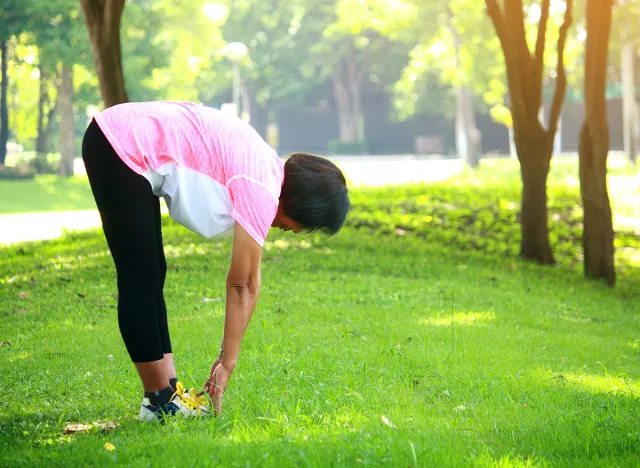
Don't underestimate the importance of rest. "Failing to incorporate rest or low-intensity activities like stretching or Pilates can increase stress on the body and hinder recovery," Garcia cautions. She emphasizes that recovery isn't just about physical rest—it's about managing overall stress levels. "Activities like yoga or mindfulness exercises help reduce cortisol levels and support hormonal balance."
The Exercise Approach That Works With Your New Hormones
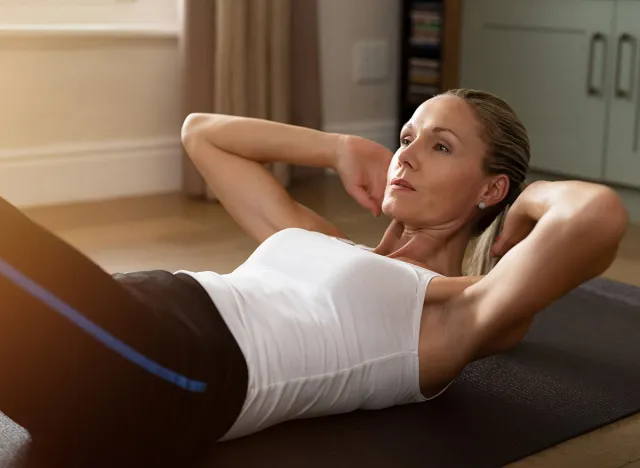
Adapting your workout to your body's new needs is crucial. Garcia suggests focusing on "shorter, lower-impact strength and cardio sessions in the morning." This might include resistance bands, bodyweight exercises, or light weights. She emphasizes the importance of listening to your body and adjusting intensity based on your energy levels and symptoms.
The Simple Morning Habit You're Overlooking

Many women overlook this simple but crucial factor. "Not drinking enough water in the morning can worsen symptoms like fatigue, poor focus, and hot flashes," Garcia points out. She recommends making hydration a priority first thing in the morning to help with energy levels and body temperature regulation.
RELATED: Woman Who Lost 70 Pounds Shares 5 Hidden Truths: "It's About How You Feel, Not How You Look"
The Right Way to Time Your First Meal

When you eat matters as much as what you eat. "Eating a balanced meal shortly after waking helps stabilize blood sugar levels and supports metabolic function throughout the day," Garcia explains. For women dealing with night sweats or hot flashes, she recommends opting for lighter, cooler breakfast options and maintaining consistent meal timing to support hormonal balance. "Having a lighter, cooler breakfast and spacing meals to prevent prolonged fasting can improve energy and temperature regulation." And if you enjoyed this article, take advantage of these 15 Quick Ways to Lose Body Fat Percentage in a Week.




